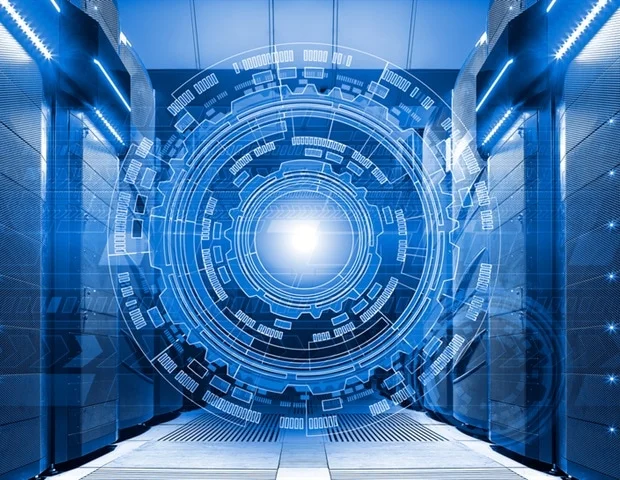Many burn victims suffer acute kidney injury (AKI), but early recognition of AKI remains challenging. Now an Artificial Intelligence / Machine Learning (AI/ML) model developed at UC Davis Health and reported in a new study can predict acute kidney injury quicker and more accurately than ever.
The ability to predict AKI in burn patients using AI is a potential breakthrough for burn centers. If we can tell that a patient might have kidney injury, we can institute measures to prevent it.”
Tina Palmieri, professor and director of the Firefighters Burn Institute Regional Burn Center at UC Davis Medical Center
What is acute kidney injury?
Acute kidney injury (AKI) is sudden kidney failure or damage causing a build-up of waste in blood and a fluid imbalance in the body. AKI usually happens within the first week of serious burn due to inadequate resuscitation, especially during the critical first 24?hours. Developing in around 30% of cases, AKI is a common complication after severe burn, with a mortality rate reaching 80%.
Diagnosing acute kidney injury
Physicians typically rely on traditional biomarkers such as serum/plasma creatinine and urine output for diagnosis. However, urine output and creatinine measures are considered poor biomarkers of AKI.
“UC Davis was the first to identify the role a novel biomarker, known as neutrophil gelatinase associated lipocalin (NGAL), plays in early prediction of AKI in severely burned patients,” said Nam Tran, associate clinical professor at Department of Pathology and Laboratory Medicine at UC Davis.
Despite its strong predictive power, NGAL was not available in the United States and its interpretation required more experienced clinicians and laboratory experts. This challenge prompted the development of an artificial intelligence machine learning model to make it easier to interpret results for the NGAL test.
Machine learning enhances acute kidney injury recognition
Sometimes the assumption in the AI/ML world is that the more complicated algorithms such as deep neural network are better than more traditional algorithms in building ML models. This assumption is not always true.
“We built a powerful ML model through our k-Nearest Neighbor approach that is able to accurately predict AKI in our patient population in a much shorter period,” said Hooman Rashidi, professor in the Department of Pathology and Laboratory Medicine at UC Davis Health. “Based on admission data, the model can shorten the time to diagnosis by as much as two days.”
The models were trained and tested with clinical laboratory data for 50 adult burn patients that had NGAL, urine output, creatinine and NT-proBNP measured within the first 24 hours of admission. Half of patients in the dataset developed AKI within the first week following admission. The models containing NGAL, creatinine, urine output and NT-proBNP achieved 90-100% accuracy for identifying AKI. The models containing only NT-proBNP and creatinine achieved 80-90% accuracy.
The average time from admission to diagnosis with traditional biomarkers was 42.7 hours. The average time using the ML algorithm was just 18.8 hours. The ML model beat the traditional method by nearly a full day – critical time to prevent and treat AKI.
“For our study, AI/ML has shown the potential clinical utility for predicting burn-related AKI when using just a few routine laboratory results,” Tran added.
Applications and implications of the new model
This model has applications to be used in the field, including for military casualties. Because troops might be sent to hospitals that lack the facilities to manage kidney injury, the AI/ML method could identify patients with AKI more quickly so they can be diverted faster to advanced medical facilities. This optimizes limited resources in the battlefield and accelerates the transport of patients to where they need to go. The same process applies in the civilian world.
“We envision such machine learning platforms to be incorporated in a variety of settings outside of AKI which could ultimately enhance various aspects of patient care within the clinical medicine arena,” Rashidi added.
Tran, N.K. et al. (2019) Artificial intelligence and machine learning for predicting acute kidney injury in severely burned patients: A proof of concept. Burns. doi.org/10.1016/j.burns.2019.03.021.
